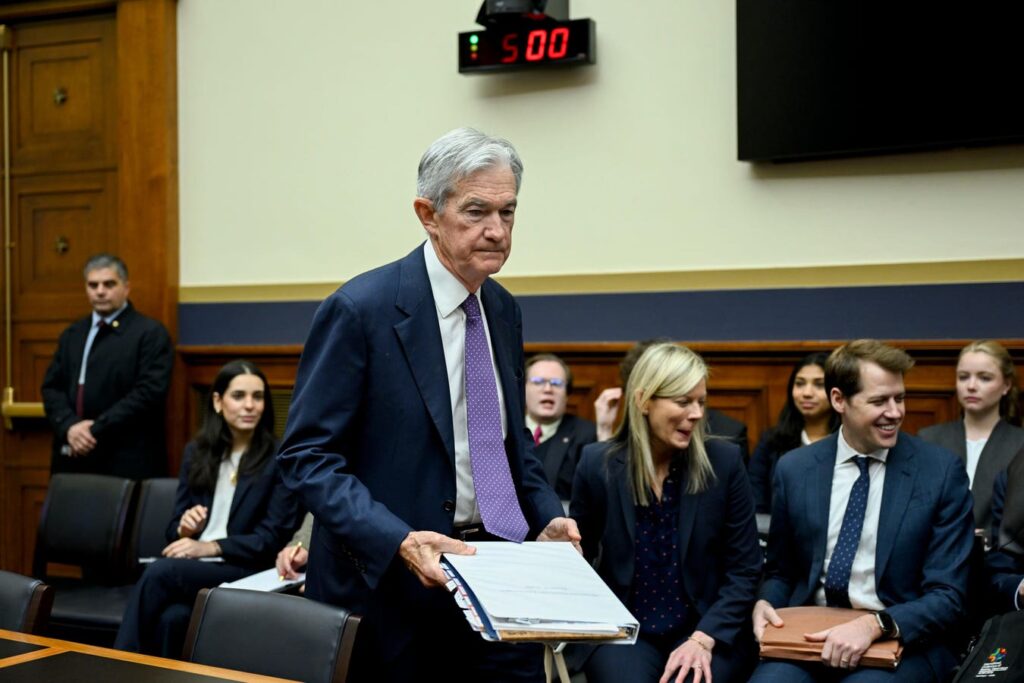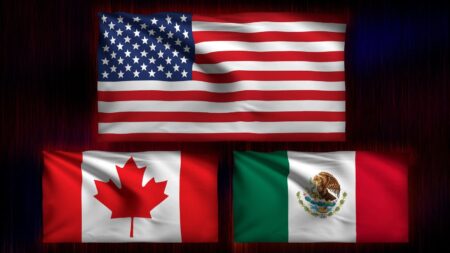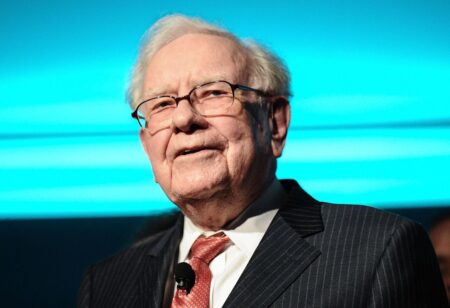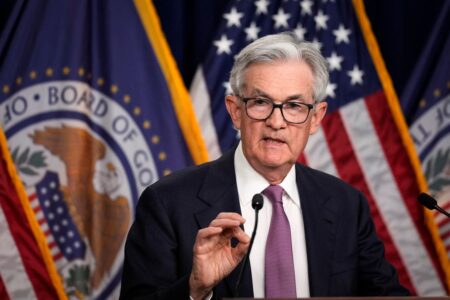The Federal Open Market Committee is not expected to change interest rates on March 19. That’s because the jobs market appears robust and inflation remains above target and accelerating slightly. The minutes from the FOMC’s last meeting in January stated that, “Respondents generally judged that policy rate reductions would occur later than previously assessed.” That implies any cuts may come later in 2025, if at all.
In addition, Federal Reserve Chair Jerome Powell said, “If the economy remains strong and inflation does not continue to move sustainably toward 2 percent, we can maintain policy restraint for longer.” in Congressional testimony on February 11.
Recent Economic Data
Recent economic data has supported the FOMC holding rates steady. The jobs market has continue to show momentum. That means there’s little impetus for interest rate cuts to support job growth.
In contrast inflation is running closer to 3% than the FOMC’s target of 2%, based on data to January 2025. That slightly elevated inflation is causing the FOMC to hold interest rates at higher levels. Fed Governor Adriana Kugler said. “At our latest meeting in January, I supported the decision to hold the policy rate steady. I see this as appropriate, given that the downward risks to employment have diminished but upside risks to inflation remain,” at a speech on February 20.
The Path For Interest Rates
Fixed income markets imply that one or two interest rate cuts are possible in 2025, but that there may not be another rate cut until summer, perhaps at the FOMC’s June or July meeting. That’s according to the CME FedWatch tool which tracks the implicit projections of fixed income markets.
Even though a rate cut is highly unlikely in March, at that meeting the FOMC will update their own projections for economic data including interest rates. That may help reveal the FOMC’s latest thinking.
Nonetheless, much will depend on how jobs and inflation data trends over the coming months. If inflation moves closer to 2% or the job market were to weaken, then the FOMC could quickly move to cut interest rates.
The Impact Of Tariffs On Interest Rates
Tariffs may complicate the FOMC’s decision making in 2025, too. The scope of tariffs remain unclear currently, beyond China many tariffs are proposed but not yet implemented. It may be that the FOMC elects to looks through any one-time increase in prices caused by tariffs. However, if there were a broader trade war or if firms used tariffs as a way to raise prices across a broader range of goods and services, then the FOMC may react to those broader economic implications.
What To Expect
The markets view it as extremely unlikely that the FOMC cuts interest rates in March. However, if inflation does cool over the coming months, or the jobs market were to soften, then the FOMC may well cut interest rates by the summer. For now, there is significantly uncertainty around economic outcomes given government policy. Currently, it is expected that interest rates decline in 2025, but unclear by how much. One or two cuts are seen as most likely in 2025, but they most likely won’t start until the summer.
Read the full article here
















